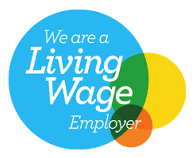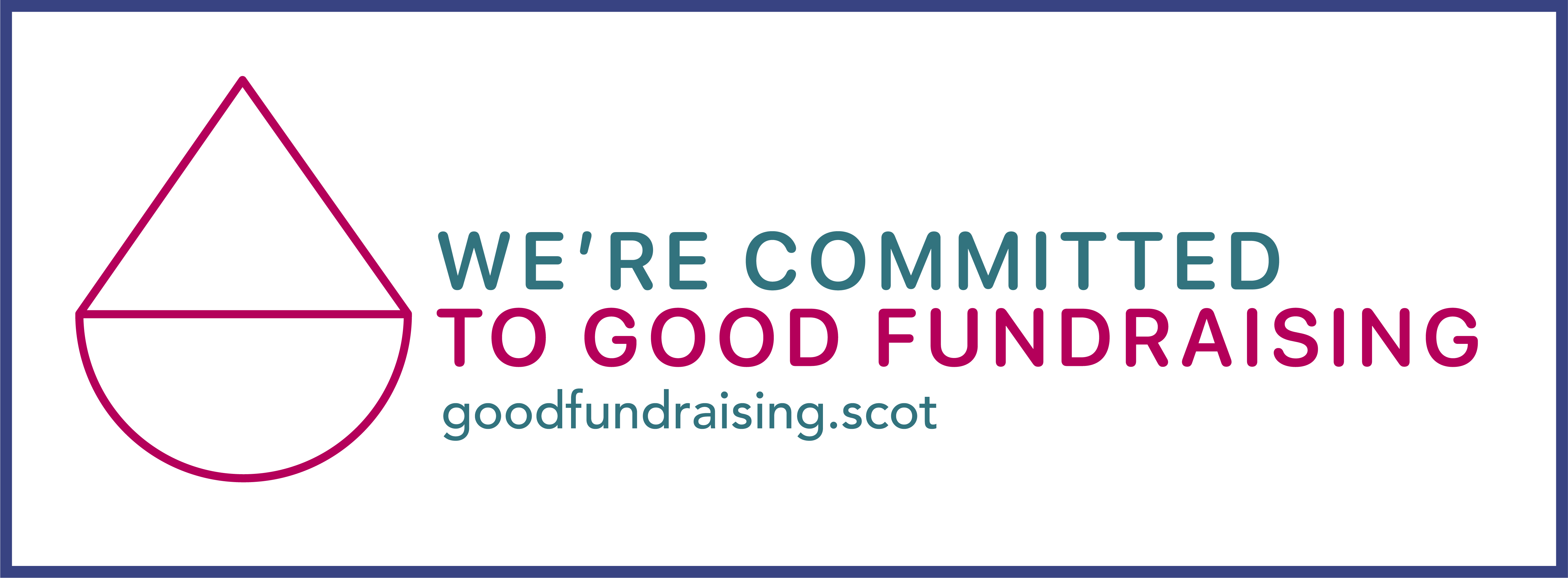The Life Chances of Young People in Scotland
5th July 2017
By Craig Smith, SAMH Public Affairs Officer
Scotland has a problem with poverty and inequality.
In 2015-16, 17 percent of people and almost a fifth of children were living in poverty. We know that poverty increases the risk of poor mental health; and that poor mental health increases the risk of poverty, so understanding this complex relationship is key to addressing this.
Half of all adult mental health problems begin before the age of 14, so it’s clear that if we’re to successfully combat poverty and inequality, we must do much more to support mental health from a young age.
So what is being done, and specifically, what should be done for Scotland’s young people?
In 2015 the First Minister, Nicola Sturgeon, appointed Naomi Eisenstadt CB as Scotland’s independent advisor on poverty and inequality. An expert on the impact poverty has on children, Eisenstadt was tasked with looking at these issues in depth and advising Government on ways they could begin to tackle poverty and persistent inequality.
She’s been engaging with people and organisations across Scotland since then, and published her first report ‘Shifting the Curve’ last year. It raised the need to look further at young people’s life chances. This week a second report was published doing just that. The Life Chances of Young People in Scotland rightly places mental health at the heart of the issue.
The report highlights that poor mental health during youth can impact education and future life chances, increasing the likelihood of poverty in adulthood. Of particular concern is the mental wellbeing of our young women. Official surveys show 15 year old girls reporting much poorer mental health and wellbeing than other groups. Shockingly 55 percent consider themselves fat, despite only 30 percent of girls in Scotland actually being overweight.
Alongside the stats, Eisenstadt spoke directly with young people who told her things like: “There is a mental health epidemic amongst young people and no one is really listening or paying attention.”
So what’s the solution? Eisenstadt makes two key recommendations on mental health:
- Take action to embed positive mental health approaches, based on quality evidence, in key settings where young people engage
- The Scottish Government should fund applied research on school and classroom practices that encourage wellbeing and mental heath
It’s also encouraging to see these asks align with SAMH’s Going To Be campaign, highlighting the important role schools and the wider education system play. We’re calling for increased support in the classroom for both pupils and school staff – specifically, we’d like to see a programme to train all school staff in mental health, and to see counselling services providing in all of Scotland’s schools.
We hope the Scottish Government and all political parties accept the recommendations in full, but it’s important these changes are made alongside a broader refocus and investment in early intervention services to help young people at the earliest opportunity.

